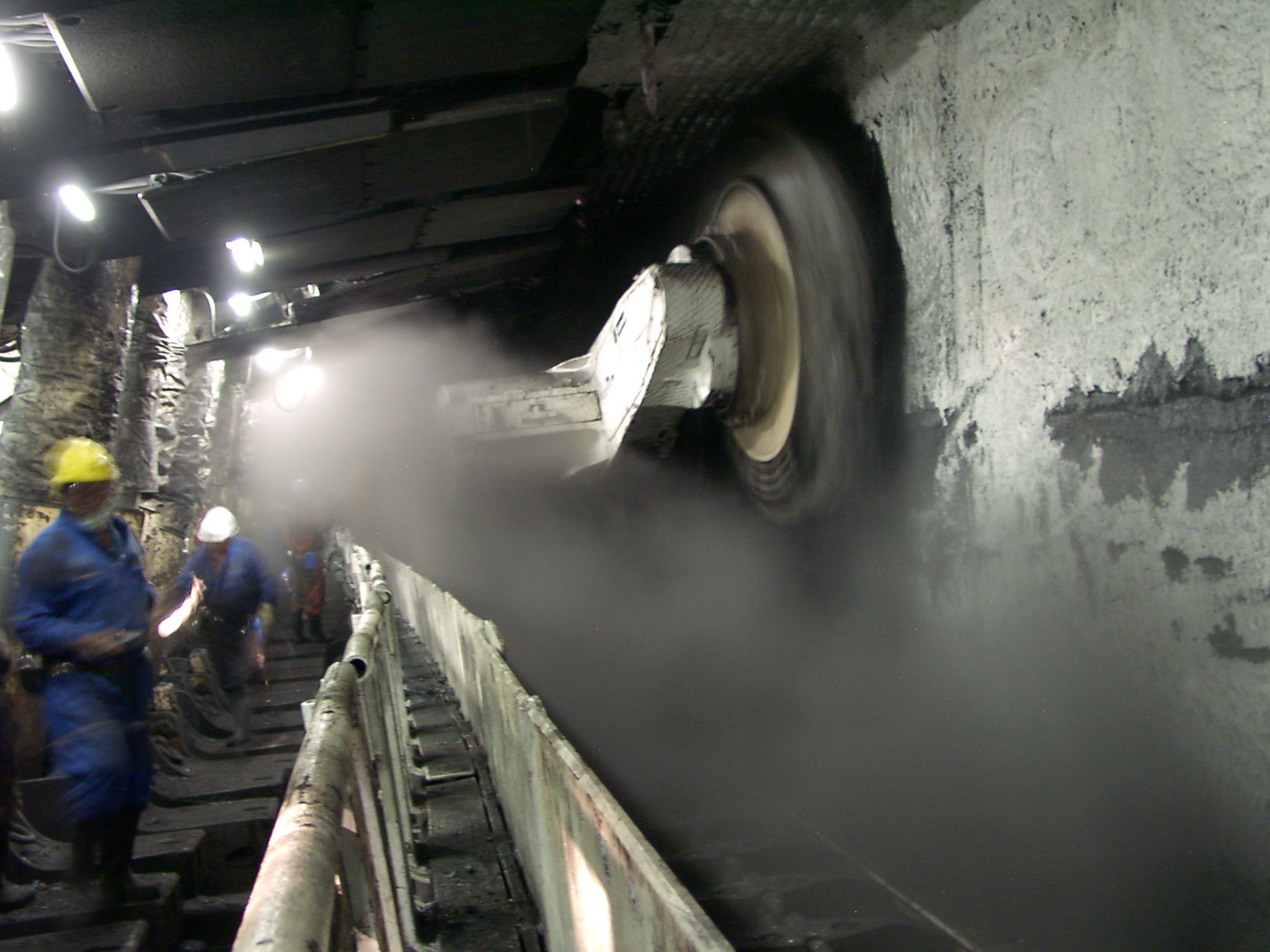Here’s how to reduce fugitive dust accumulation and the combustion that can result, guaranteeing the safety of workers at your industrial facility.
Dust is a fact of life, with both natural and man-made origins: according to the International Union of Pure and Applied Chemistry (IUPAC), dust consists of any “small, dry, solid particles projected into the air by natural forces, such as wind, volcanic eruption, and by mechanical or man-made processes such as crushing, grinding, milling, drilling, demolition, shoveling, conveying, screening, bagging, and sweeping.”
The World Health Organization (WHO) explains that dust commonly found in the work environment can come in a variety of forms — mineral, metallic, chemical, organic, and vegetable being among them. Dust can be kicked up from a variety of processes (such as drilling, sandblasting, sawing, chipping, and grinding), and the industries most likely to deal with dusty conditions include mining, quarrying, tunnelling, stoneworking, and construction.
The Threat of Combustion
One of the biggest risks presented by dust accumulation — if large enough concentrations are present — is the possibility for combustion. As the World Health Organization explains, “A cloud of dust of a combustible material behaves similarly to a flammable gas mixed with air in its ability to propagate a flame if in sufficient concentration; in a confined space it can produce an explosion.”
As the Occupational Safety and Health Administration (OSHA) explains, dust from a wide variety of materials can prove combustible if concentrated and confined enough in the presence of a heat source; such potentially flammable materials include food, grain, tobacco, plastics, wood, paper, coal, and metals. OSHA is currently developing a combustible dust standard to help factories and industrial facilities eliminate dust and prevent future explosions.
Keeping Accumulation to a Minimum
While the administration works to devise their new standard, there are measures factories can take on their own to ensure their workplaces are safe and productive. According to OSHA, proper safety practices should focus on minimizing dust generation and accumulation — while some facilities attempt to prevent dust accumulation via watering, this is not the most efficient technique available.
Midwest Industrial Supply, Inc. offers industry-leading solutions for managing dust in a variety of industrial environments and workplaces. Midwest’s Dust-Buster® Dust Control Systems apply foam dust suppression agents at transfer, process point, stack-out, or reclaim areas in an accurate and easy-to-control method. Midwest’s FoamKleen®product also provides a portable cleaning solution for preventing the accumulation of combustible dust and dirt — particularly PM10 and PM2.5 dust emissions.
While the accumulation of dust poses a challenge for many industrial businesses, Midwest offers proven solutions to prevent buildup and combustion, keeping your workers safe and your operations running smoothly.


